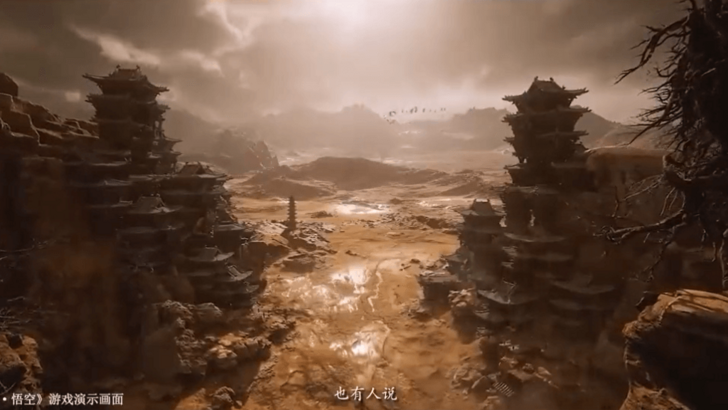
Black Myth: Wukong gives China’s cultural treasures the global attention it deserves. Read on to learn more about the real-world locations that inspired the game’s breathtaking world.
Black Myth: Wukong Recreates Shanxi’s Cultural Landmarks
Wukong Boosts Tourism in Shanxi Province
Black Myth: Wukong, a Chinese action RPG based on the Chinese classic "Journey to the West", has taken the world by storm. However, the game’s influence extends far beyond the realm of gaming. The game’s visuals, inspired by real-world locations in China’s Shanxi Province, have sparked a surge in interest in the region’s cultural and historical treasures.
This popularity has not gone unnoticed by the Shanxi Department of Culture and Tourism. Recognizing the potential to leverage Black Myth: Wukong’s global appeal, the department has launched a promotional campaign showcasing the real-world locations that inspired the game’s environments. There will even be a special event titled "Follow Wukong’s Footsteps and Tour Shanxi."
"We have been inundated with requests from all directions—some seeking customized travel routes, others looking for detailed guides," said the Shanxi Department of Culture and Tourism, according to Global Times. "Rest assured, we have carefully noted every expectation."
Black Myth: Wukong is steeped in Chinese cultural references. The game’s developers, Game Science, have meticulously crafted a world that reflects the essence of China's culture and mythology. From towering pagodas and ancient temples to sprawling landscapes reminiscent of traditional Chinese paintings, the game transports players to a bygone era of emperors and mythical creatures.
Shanxi Province stands as a cornerstone of Chinese civilization, as it boasts a wealth of cultural treasures. These same riches are mirrored in Black Myth: Wukong’s world. A promotional video from last year showcased the game’s recreation of the region’s Little Western Paradise, featuring its distinctive hanging sculptures and the Five Buddhas.
In the promotional video, these sculptures appear to move, with one of the Five Tathāgatas, or Great Buddhas, even extending a welcome to Wukong. While the Buddha’s role in the game remains enigmatic, his dialogue hints at a potentially adversarial role.
The game’s narrative is still under wraps, but it’s important to recognize that Wukong is seen as the "斗战神" or "Warring Deity" in Chinese mythology. This aligns with his rebellious nature in the Classic novel, where he was imprisoned under a mountain by Buddha after challenging the heavens.
Beyond Little Western Paradise, Black Myth: Wukong also pays homage to other Shanxi landmarks, such as the South Chan Temple, Iron Buddha Temple, Guangsheng Temple, Stork Tower, and other cultural sites. Yet, according to the Shanxi Cultural Media Center, these virtual representations merely scratch the surface of the province's vast cultural heritage.

Black Myth: Wukong has undeniably captured the global gaming spotlight. This week, the game achieved a monumental feat by topping Steam’s Bestseller charts, outshining long-standing titles like Counter-Strike 2 and PUBG. The game has also garnered immense praise in its home country, China, where it’s hailed as a groundbreaking achievement in AAA game development.
Delve deeper into Black Myth: Wukong’s global crescendo by reading the article below!
Source:
Global Times’ "Explore Shanxi’s cultural treasures following ‘Black Myth: Wukong’"
Black Myth: Wukong’s 2023 Promotional Video
The Hanging Sculptures of the Little Western Paradise
Black Myth: Wukong’s Final Trailer



















